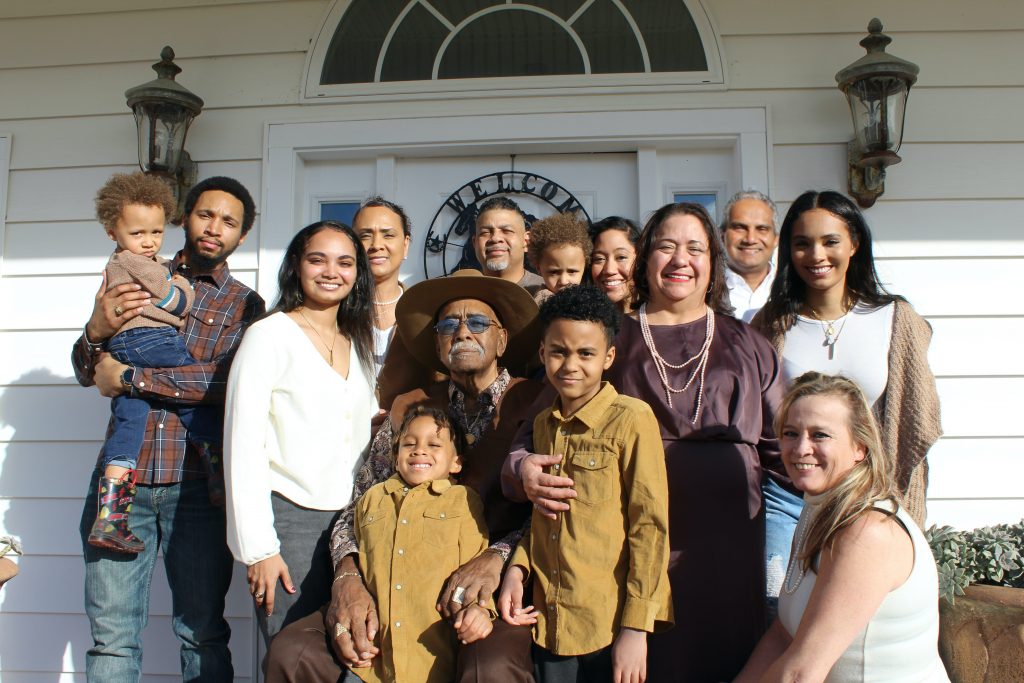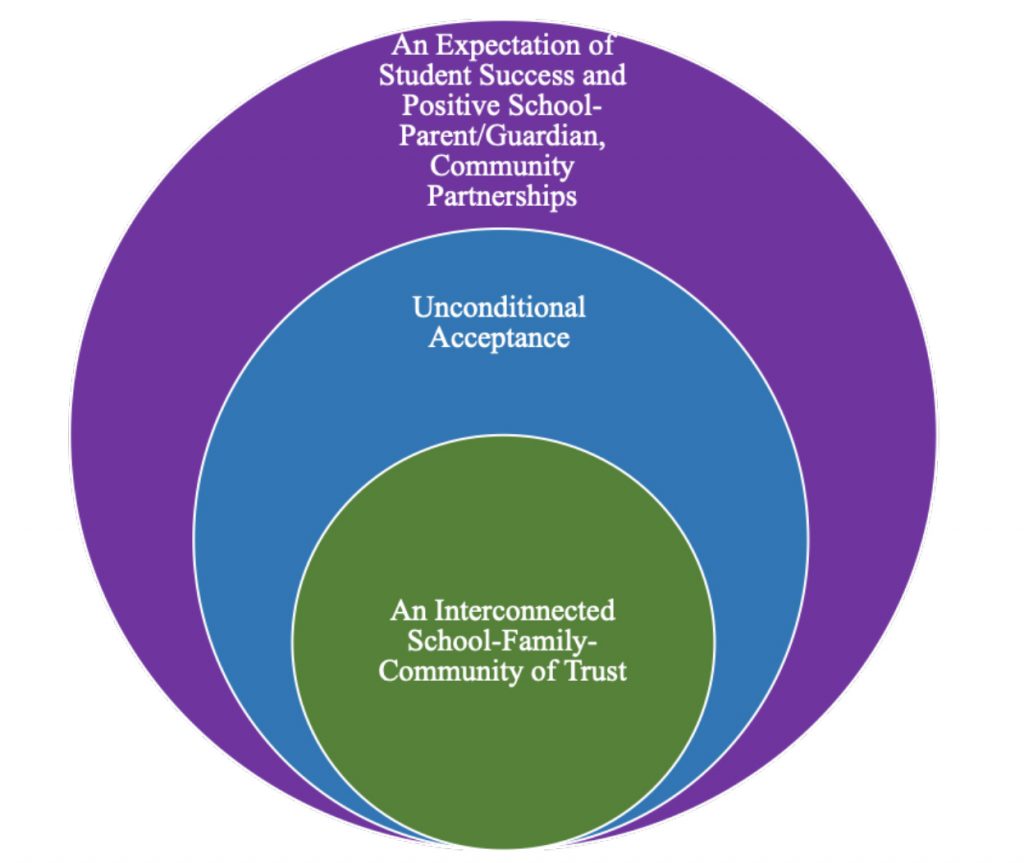

The recent shootings of Asian Americans and whether these will be considered hate crimes, tornadoes ravaging the Southwest and elsewhere, and fears of uncertain variants of the COVID-19 pandemic dominated the news during the writing of this piece. Crises, unfortunately, are not new to us. As educators, along with feeling deeply troubled by these, we have had a tendency to focus on what we perceive is missing or lacking in the lives of our students and their families.
When it comes to multilingual, multicultural students, we often find ourselves and others using deficit-based statements that describe what we perceive, such as “they don’t know English and their parents don’t know how to help their children learn.” This deficit-based lens can unfortunately contribute to predictable odds of failure for historically marginalized students, especially during the many crises that we have encountered and will encounter in the future. However, more and more researchers, practitioners, and scholars are finding that when we focus our attention on what we perceive to be weaknesses or broken elements in the lives of our students, we fail to see the inherent strengths and assets that they bring to our schools and classrooms. Further, if we use that lens often enough, we begin to default to it as our modus operandi rather than focusing our attention where we should: on identifying, cultivating, and building on students’ existing and developing assets.
Research points to the essential relationship between identifying and acknowledging students’ personal, social-emotional, cultural, and academic assets and their academic and social-emotional growth and success (Biswas-Diener, Kashdan, and Gurpal, 2011). Similarly, using and applying the same assets-based lens to our students and their families enables us to form more effective and lasting partnerships with them. One of the few silver linings of the COVID-19 pandemic and other crises has been the manner in which educators responded with a renewed sense of purpose around partnering with and caring for multilingual, multicultural families.
Many of the educators with whom we work ask us how they can be more supportive and involved with families during crises. And, just as importantly, they also ask how they can work more closely with their local communities and beyond to provide comprehensive supports for students and families. In this piece, let’s explore how we can overcome inequities by building from the strengths and assets of each of our unique communities (including our students and families as well as the individuals, organizations, agencies, and institutions that make up our local communities).

Begin with an Assets-Based Approach
We see crises, whatever they might be and wherever they might occur, as fueling our restart of what can be and is being done to band together. Indeed, if we really think about crises, we quickly realize that we are not silos unto ourselves. Our students and their families as well as members of our local, school, and classroom communities are all interrelated, interconnected, and even interdependent on one another. Further, when we take time to consider the possibilities of these overlapping ecosystems, we can truly support students to flourish.
A comprehensive assets-based perspective begins with looking closely at our students, their families, and our local communities and requires that we do the following:
- Recognize students’ strengths. Take time to ask students, and their parents, about their interests and special talents and to observe students to identify their unique strengths, recognizing when a student enjoys drawing, interacting with others, playing sports, and so on. Then, and as importantly, take time to acknowledge and value these to support students’ ever-growing positive views of themselves and their competencies.
- Recognize parents’/guardians’ strengths. These include the various strengths and attributes, which often go unseen, that parents and guardians use to support their children’s academic and social-emotional growth (Zacarian and Silverstone, 2015; Zacarian, Alvarez-Ortiz, and Haynes, 2017; González, Moll, and Amanti, 2005).
- Learn about the many skills and assets that students and parents/guardians possess. An asset-based approach shines a light on the importance of asking questions that express a genuine interest in learning about students and parents/guardians that moves beyond collecting required information. Rather, it is focused on learning about the personal, cultural, social, and life experiences of children and their families so that we may infuse these understandings into our work with them. Further, it involves our willingness to share our personal, cultural, social, and life experiences with students and families so that they may know us as the unique individuals that we all are.
- Invest time and effort to create and sustain meaningful partnerships with families. Building partnerships with families from multicultural, multilingual experiences should be foundational to what we do. These can greatly expand the number of meaningful interactions that our students engage in to support their social-emotional and academic growth. They are also wonderful supports for deepening our awareness and connection to our students.
- Build school–parent/guardian partnerships with support of multilingual, multicultural communication. Just as we provide multicultural and multilingual supports to students, we must do the same with families. Multilingual, multicultural translators can greatly help parents/guardians and school personnel to engage in meaningful back-and-forth communication that helps our overall goal of working closely as partners.
- Recruit and select community partners who believe in the same asset-based ideology as we do. Partnerships with individuals, agencies, organizations, and institutions in our local communities and beyond are essential for enhancing students’ and families’ interests, hopes and dreams, and well-being. As important as it is to develop partnerships, it is essential that our partners operate from the same assets-based ideology as we do. To do this requires that every partner:
- Sees the importance of working collaboratively with parents/guardians by building trusting reciprocal relationships;
- Unconditionally accepts and welcomes students and parents/guardians for who they are;
- Believes that our students will be successful in school and beyond and that their parents will be active, meaningful, and purposeful partners with us.

Listen—Really Listen!
While crises challenge communities and educators in unprecedented ways, they do not diminish our need to listen, really listen closely, to the different perspectives and experiences of our dynamically changing student and family populations. How might we humbly show and share our respect for and value on the assets that students and families have to offer?
Cultivate a Collaborative Culture by Learning Lessons from Crises
If we look closely at what we have learned and are learning from the pandemic and other crises, we see that many of us have drawn great comfort from:
- Reaching out to families to see how they are doing,
- Reaching out to colleagues to support each other,
- Banding together with community partners to best ensure that students and families and (as importantly) we ourselves receive the services needed and to which all are entitled, and
- Learning from mistakes made along the way to keep us from reverting back to seeing deficits instead of the many assets that we all possess.
Three powerful examples of these types of collaborations include Brockton Public Schools in Brockton, Massachusetts, Wolfe Street Academy in Baltimore, Maryland, and Salina Elementary School in Dearborn, Michigan.
- Brockton was one of the hardest-hit cities with the COVID-19 virus in Massachusetts. While its school district has undergone significant budget reductions over successive years, a top priority of its school superintendent, Michael Thomas, is to support the physical and social-emotional well-being of students. It purchased smartphones for its bilingual bicultural team so they could continue having the one-to-one family contacts that had worked successfully before COVID. It also created a family school call center staffed with counselors, nurses, advocates, bilingual community facilitators, and others to help families access health, food, and work assistance and offered these services to staff.
- Wolfe Street Academy is one of Baltimore’s public schools. School principal Mark Gaither continuously identifies its needs and finds resources and systems to address them. For example, during the COVID-19 pandemic, it created partnerships with three community organizations that made regular donations of food. Wolfe Street Academy’s teachers, staff, neighbors, and others delivered goods to its families—especially families of essential workers. Also, its after-school coordinator, with help from family and community members, offers remote after-school activities including robotics, violin, yoga, art, theater, and debate.
- Salina Elementary School principal Susan Stanley and site coordinator Amal Qayed in Dearborn, Michigan, have established partnerships with several community organizations including the Arab Community Center for Economic and Social Services, Gleaners Community Food Bank, and the Amity Foundation. The school’s coordinator acts as the point person to empower the success of all students by removing barriers and building partnerships with local resources to drive results.
These three and others can best be described as nimble, multitalented, and multifaceted in using an asset-based ideology to build trusted partnerships with families and the community to support students’ needs, desires, and opportunities being realized. They know the power of moving beyond crises, whatever these might be. Further, they provide us with tremendous examples of what is being done to overcome linguistic and cultural inequities.
References
Biswas-Diener, R., Kashdan, T. B., and Gurpal, M. (2011). “A Dynamic Approach to Psychological Strengths Development and Intervention.” Journal of Positive Psychology 6(2), 106–118.
González, N., Moll, L. C., and Amanti, C. (eds). (2005). Funds of Knowledge: Theorizing Practices in Households, Communities, and Classrooms. Mahwah, NJ: Lawrence Erlbaum.
Zacarian, D. Alvarez-Ortiz, L., and Haynes, J. (2017). Teaching to Empower: Supporting Students Living with Trauma, Violence, and Chronic Stress. Alexandria, VA: ASCD.
Zacarian, D., and Silverstone, M. A. (2020). Teaching to Empower: Taking Action to Foster Student Agency, Self-Confidence, and Collaboration. Alexandria, VA: ASCD.
Zacarian, D., and Silverstone, M.A. (2015). In It Together: How Student, Family, and Community Partnerships Advance Engagement and Achievement in Diverse Classrooms. Thousand Oaks, CA: Corwin
Debbie Zacarian, EdD, is known for her expertise in strengths-based leadership, instructional practices, and family partnership practices with diverse student and family populations. She provides professional development, strategic planning, and policy work with school districts and state agencies and organizations.
This article was drawn from Zacarian, D., Calderón, M. E., and Gottlieb, M. (2021). Beyond Crises: Overcoming Linguistic and Cultural Inequities in Communities, Schools, and Classrooms. Thousand Oaks, CA: Corwin.







